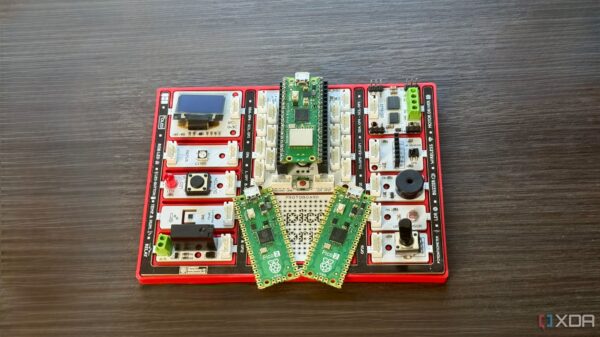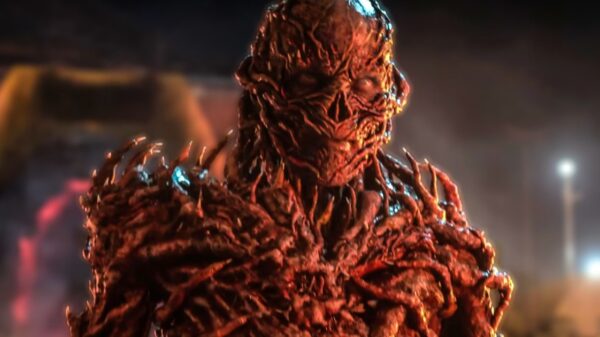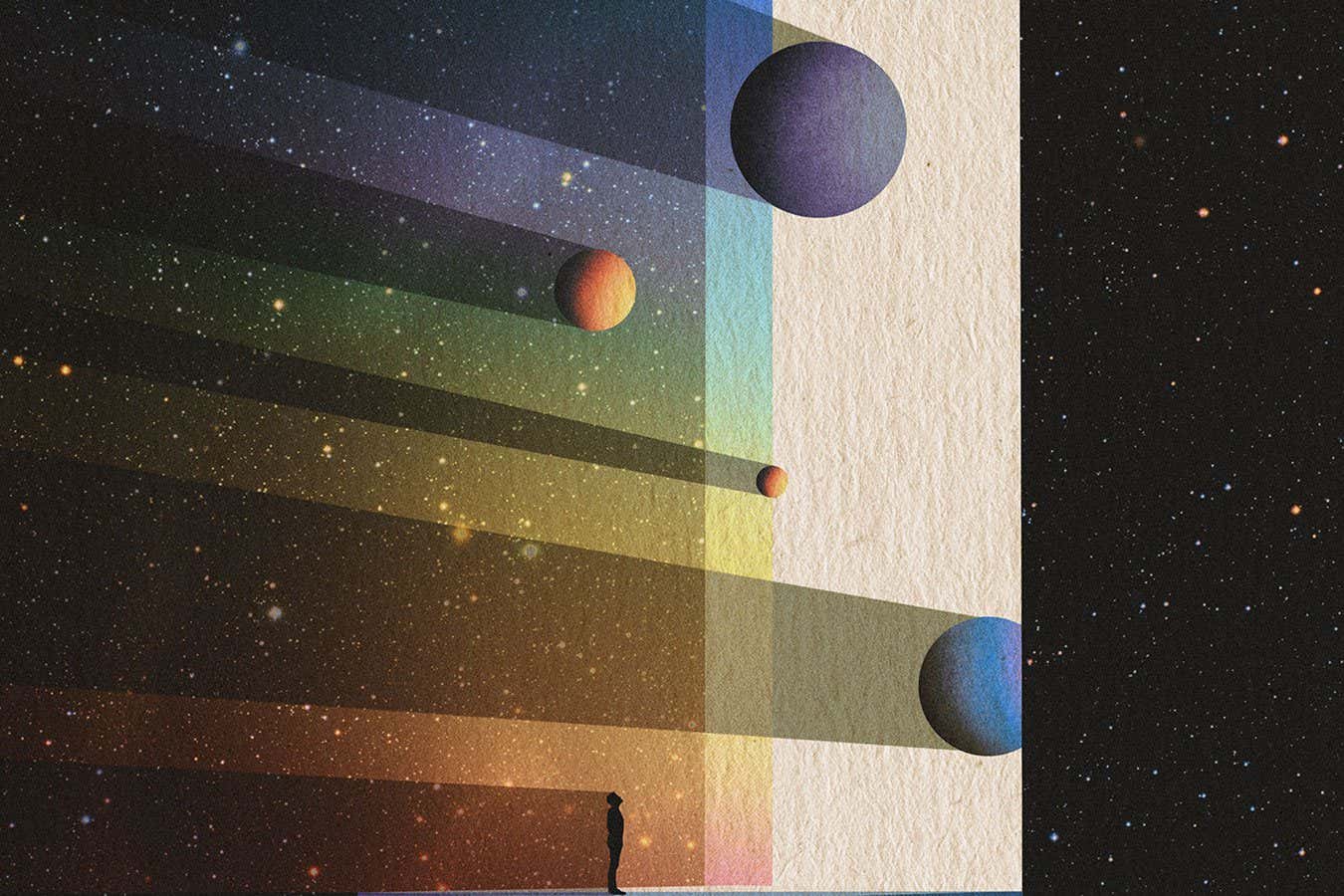A group of physicists is exploring uncharted territory in particle physics, aiming to uncover new particles that may exist beyond the detection capabilities of the Large Hadron Collider (LHC). This innovative approach is spearheaded by theorist Andrzej Buras from the Technical University of Munich, who believes a new paradigm shift could lead to groundbreaking discoveries in what he terms the “zeptouniverse,” a realm at scales of 10^-21 metres.
Since its inception in 2008, the LHC has been at the forefront of particle physics, famously discovering the Higgs boson in 2012. While this achievement solidified the foundations of the standard model, the collider has yet to reveal new physics that could explain the mysteries of dark matter and the universe’s fundamental structure. Despite this, researchers remain hopeful that upcoming enhancements to the LHC could unveil elusive particles currently hidden within collision debris.
New Approaches to Particle Discovery
Buras, now 78, is advocating for an exploration of the zeptouniverse, where the elusive particles may be lurking. This initiative is attracting attention as it represents a potential backdoor into realms that traditional methods may overlook. The standard model, while remarkably accurate, is known to be incomplete. It fails to account for dark matter and does not provide an explanation for the peculiar patterns observed in particle behavior.
High-energy collisions at the LHC allow scientists to explore minuscule distances, akin to using a powerful microscope. The relationship between energy and distance means that as particles reach higher energies, they can probe smaller scales. The LHC accelerates protons to just under 7 trillion electronvolts, enabling exploration down to distances of approximately 50 zeptometres, far smaller than even an atom.
As researchers continue to investigate these high-energy collisions, they are also looking for rare decays of known particles, which could signal the presence of new physics. Specifically, Buras and his colleagues have identified a list of rare decay processes they believe could provide insight into the zeptouniverse.
Rarity and Sensitivity in Particle Decays
The research team, including Elena Venturini from the International School for Advanced Studies in Trieste, Italy, has dubbed their targets the “magnificent seven.” These involve decays of particles containing exotic quarks, particularly B mesons. The decays are rare, occurring only a few times per billion trials, making them sensitive probes for new physics.
At the LHCb experiment, Buras is co-leading a team studying B meson decays into muons, which are heavier cousins of electrons. These decays are theoretically “clean” due to minimal interactions with other particles, enhancing the likelihood of detecting new physics as the team refines their measurements. The LHCb has recently undergone a major upgrade, increasing data collection rates by a factor of five, potentially leading to significant discoveries in the near future.
Meanwhile, the NA62 experiment at CERN has already made strides, reporting the first-ever observation of a rare kaon decay, occurring roughly once in 10 billion kaons. This decay was found to exceed standard model predictions by around 50 percent, suggesting that researchers may be on the cusp of discovering new physics.
As physicists continue to unravel the mysteries of particle behavior, the KOTO experiment at J-PARC in Japan is also pursuing related rare decays, searching for further evidence that could lead to a deeper understanding of the zeptouniverse.
With many experiments actively seeking to probe these rare processes, Buras remains optimistic about the potential for discovering new physics in the coming years. The long-term vision for the LHC’s successor is already being discussed, acknowledging the need for a more powerful collider to further explore the fundamental workings of nature.
As research progresses, the urgency to uncover new particles grows. The scientific community is eager to gather conclusive evidence that could illuminate the secrets of the zeptouniverse and push the boundaries of our understanding of the universe.







































































